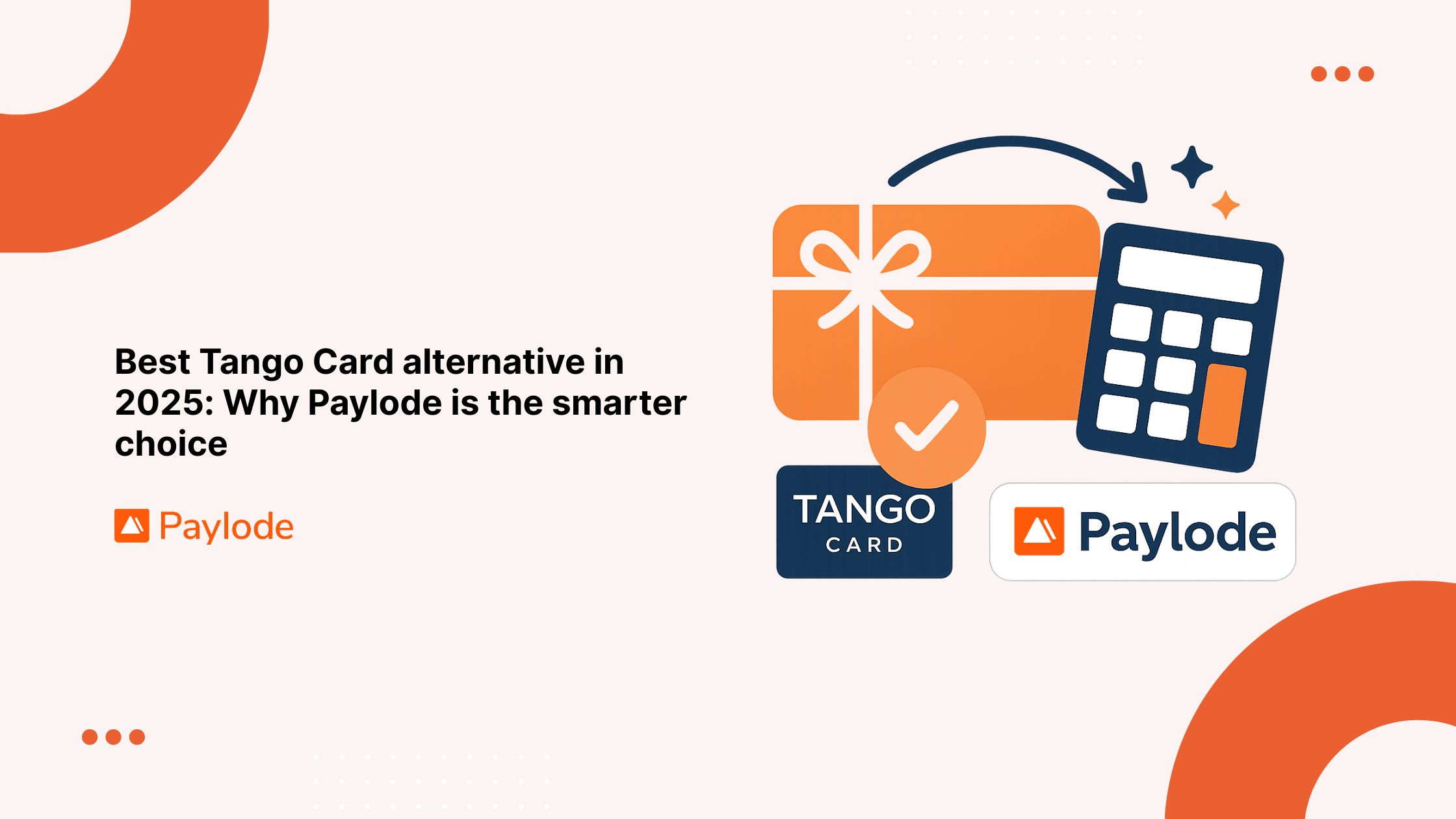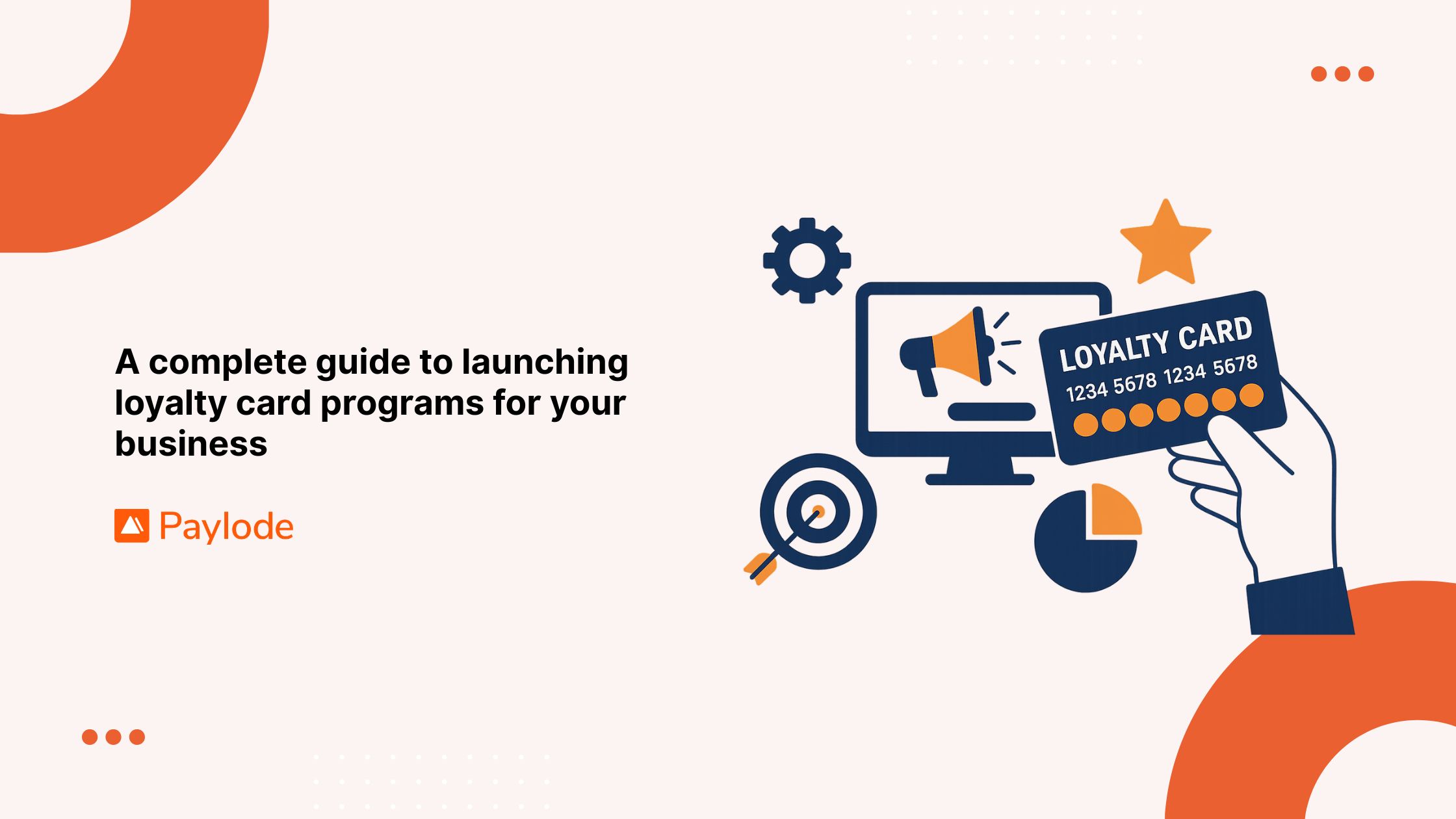At first glance, discounts and perks may seem like simple marketing tools to grab attention and boost sales.
But they go much deeper than just saving money.
These financial incentives tap into our psychology, influencing our behavior and decision-making.
Why discounts feel irresistible
When we see a good deal, we feel a sense of urgency and fear of missing out, driving us to act quickly. It's all about our subconscious desire for reward and our natural instinct to seek value.
In fact, a study published on the International Journal of Interdisciplinary Research revealed that consumers who scored major discounts experienced "positive affective effects" such as enjoyment or excitement.

A related study also revealed that consumers feel smart or lucky whenever they find what they perceive as a great deal.
There's also that sense of accomplishment whenever they pay a reduced price for an item.
These feelings of success and satisfaction serves as its own reward, confirmed by a related study that resoundingly showed people who received discounts experienced a spike in oxytocin, known as the "feel-good hormone".
Study author Dr. Paul Zak, a neuroeconomic professor and the author of the study “Your Brain on Coupons: Neurophysiology of Couponing,” found out more interesting neurologic effects of discounts such as:
- People who received a coupon had a 14% increase in oxytocin, known as the "feel-good hormone".
- Consumers who received discounts experienced an 8% decrease in the stress hormone adrenocorticotropin.
- There's also a a 4% decrease in heart rate (HR), a 27% decrease in respiration, a 4% decrease in skin conductance levels, and a 90% increase in high‐frequency HR variability among those who availed of discounts.
- Dr. Zak's team concluded that discounts and coupons elicit physiological reactions similar to having a positive social interaction.
Getting the most psychological rewards with discounts and perks
Creating fear of missing out (FOMO) through the scarcity principle
The principle behind creating a sense of urgency is rooted in FOMO. When we believe that we might lose out on a beneficial deal or unique opportunity, it can evoke feelings of anxiety.
Ironically, this same anxiety can compel us to make a purchase to avoid the regret of missing out. Marketers often harness FOMO through the scarcity principle, using phrases like 'limited time offer' or 'while supplies last' to show the user that if they don't act now, they may be too late.
Marketers employ various techniques to create a time-sensitive urgency, such as countdown timers on websites, or in-store messages about a sale's imminent end. External validation, where a popular item or deal is almost sold out, can further intensify urgency and the fear of missing out.
Lifting the spirit with a little extra
The psychology of giving - or receiving - relates directly to a region in the brain associated with reward, namely, the ventral striatum and nucleus accumbens.
According to studies, a reward-driven approach generates a sense of reward anticipation, releasing a cocktail of neurotransmitters, including dopamine, often referred to as the 'feel-good' neurotransmitter.
This cocktail strengthens positive associations with the giver, whether it's the brand offering the perk or the salesperson who threw in an additional accessory with a purchase.
The allure of a lower price
When consumers perceive that they are getting a bargain, it activates their brain's pleasure center.
A discount, in any form, big or small, taps directly into our primal urge to conserve resources and maximize benefits.
The mere perception of 'saving' elicits a positive response, which not only makes the current purchase more satisfying but also influences future buying behavior.
.jpeg)
Examples of effective perks
Consider relatively simple acts of offering a free, customized items on a newly purchased products, or a complimentary amenity use for residents.
These perks, seemingly small, create a profound effect.
Such tangible, personalized gifts are not only appreciated at the moment but continue to yield satisfaction long after the initial purchase, enhancing the brand's perceived value.
Strategies for implementing perks
There are several tried-and-true strategies to make discounts work their magic effectively.
For instance, the 'bundling' approach, where multiple products are sold together at a reduced price, has been a resounding success.
Another method involves the 'anchoring' effect, where presenting a higher 'original' price before the discounted one can make the latter seem like a steal, further stimulating the brain's reward circuitry.
Building the "loyalty loop"
Loyalty programs frequently combine the allure of ongoing, persistent perks with the periodic excitement of limited-time promotions.
When designed thoughtfully, these programs can create a virtuous cycle of engagement and reward—a loop where customers feel increasingly invested in the brand.
Understanding the psychology behind this loop is key to creating an effective loyalty program. These programs offer customers something to strive for, tapping into the human desire for achievement and recognition.
The power of influencing human behavior
Discounts and perks are anchored in the deep-rooted psychology of human behavior, wielding the power to influence not just purchasing decisions but also the long-term loyalty of customers.
In the end, it is about more than just saving; it is about making customers feel valued, understood, and attuned to their wants and needs.
It is about forging a connection that goes beyond the transactional nature of commerce and into the realm of genuine partnership.
And when these partnerships are built upon a foundation of incentives that elicit joy, gratitude, and anticipation, brands can truly unlock the hearts of their customers.
If you're ready to talk about what a persistent loyalty program – with or without points – looks like, let's chat.



